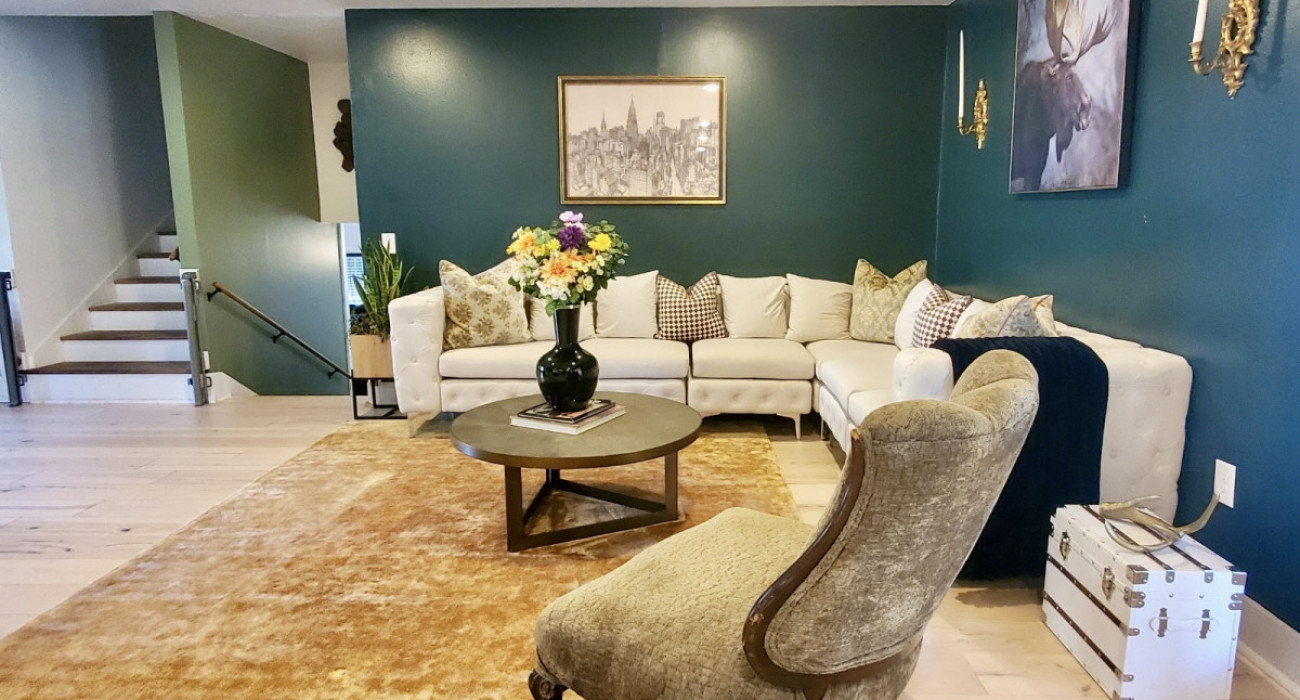When we step into a new destination, our first impulse is to see — but the richness of travel experience extends far beyond what meets the eye. In this article we’ll explore the sensory hierarchy of travel, a layered approach to immersive travel that goes: sight → scent → sound → the unseen details. By consciously navigating these layers, we can transform a trip from mere sightseeing into a deeply memorable journey.
The phrase sensory hierarchy of travel will appear throughout this post, so you’ll come to recognise how each sense builds on the previous one. Let’s begin.
1. Sight: the obvious gateway
For most travellers, sight is the dominant sense. We arrive at a location, pull out our cameras, and frame the “perfect shot”. In the context of the sensory hierarchy of travel, sight is the first rung on the ladder.
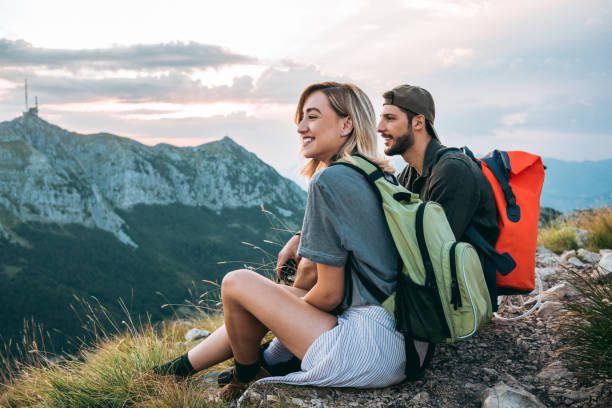
Why sight leads
From a tourist-experience research perspective, visual perception has long been studied as the primary way we engage with a destination. A senses‐based model for experiential tourism states: “Until the 1990s, sight was considered the predominant sense in the tourist experience”. Dialnet+1
Scholars also confirm that engaging the visual dimension remains essential for a positive travel experience. MDPI+1
How to engage it consciously
-
Pause and observe the light in a place: how it falls in the morning, how shadows play in the afternoon.
-
Look for details that often go unnoticed: an old door, a colourful mosaic, a street vendor’s arrangement.
-
Step off the main tourist path and look sideways — the sensory hierarchy of travel invites you to open to the senses beyond the canon.
But there’s a caveat
While sight is powerful, over-reliance on it alone can flatten the experience. As one study noted, “when a single sensory experience of tourists is insufficient, satisfaction can be achieved through the other senses.” MDPI
In other words: seeing is essential, but not enough.
2. Scent: the evocative second layer
Once you’ve opened your eyes, the next sense to awaken is scent. In the sensory hierarchy of travel, scent enriches your visual foundation and creates deeper emotional links to place.
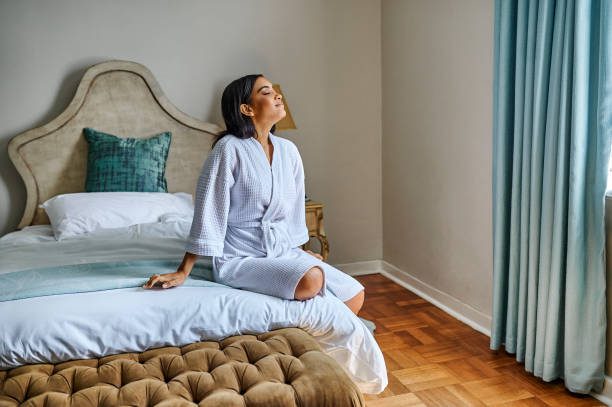
Why scent matters
Smell is an ancient sense, deeply connected to memory and emotion. In tourism research, olfactory cues may be under-studied compared to sight and sound — but their impact can be profound. MDPI+1
For example, studies show that in destinations where scent is emphasised, visitors develop stronger attachments and memories.
How to tune into scent
-
In a new location, pause and breathe: notice fragrances of fresh bread, sea-air, burning wood, tropical flowers.
-
Revisit a place at different times (morning market vs evening street food) — the scent will shift.
-
Use scent as a mnemonic device: remembering “the smell of jasmine in the night-air” can anchor your travel memory more solidly than a photo alone.
Challenges to scent
Many destinations focus only on visuals and neglect scent design — especially in built environments like hotels. One review of multisensory hotel design calls it a missed opportunity and urges hotel managers to “sense-hack” the guest’s multisensory experience. Frontiers
In the sensory hierarchy of travel, scent is not optional — it’s a vital layer.
3. Sound: the ambient dimension
Having engaged sight and scent, the third layer in the sensory hierarchy of travel is sound — the acoustic environment that envelops you.
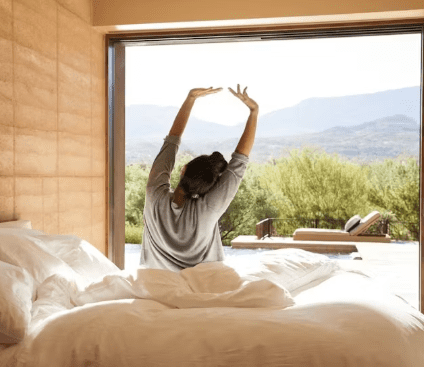
Why sound adds depth
Sound gives context and texture to a place. Whether it’s market chatter, footsteps over cobblestones, church bells, or ocean waves, sound situates you in time-and-space. Research shows auditory experience has a positive effect on travel experience quality. MDPI+1
It’s not just background noise — it’s part of the emotional tone of a place.
How to listen actively
-
Turn off your headphones and ambient noise — just be in the soundscape.
-
Close your eyes for a minute. What can you hear? Traffic, people, nature, hum of a cafe?
-
Ask yourself: does this sound match the image of the place in my mind? If not, what does that tell me about local life?
The interplay of sound with other senses
Sound interacts with sight and scent. A silent street might feel eerie even if it looks grand. A busy marketplace might feel inviting when you hear laughter and flavour-calls. In the sensory hierarchy of travel, sound amplifies or tempers what you’ve seen and smelled.
4. The Unseen Details: beyond the three big senses
Having engaged sight, scent, and sound, the final layer of the sensory hierarchy of travel is what I’ll call the unseen details — the tactile, emotional, reflective and even intuitive dimensions that aren’t always obvious.
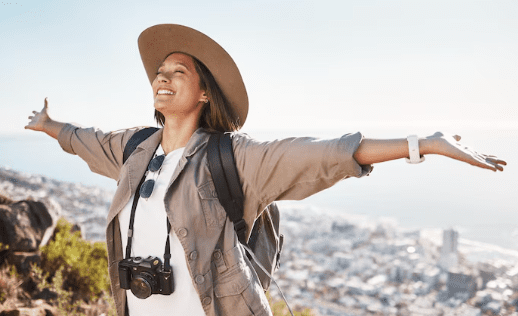
What counts as “unseen details”?
-
Touch: the texture of a carved wood railing, the roughness of a stone wall, the gentle breeze on your skin.
-
Intuition/Awareness: noticing how locals move, the way light changes, the hush of a tucked-away alley.
-
Memory & Reflection: the feeling you get long after you leave — the mood, the associations, the personal story you carry with you.
Why this layer matters in the sensory hierarchy of travel
Research into “five-senses experience” in tourism found that even when some senses (e.g., smell) had lower measurable impact, the overall multi-sensory experience significantly influenced destination loyalty and memory. MDPI+1
In other words: engaging all layers of the sensory hierarchy of travel gives you a richer, deeper encounter.
How to pay attention to the unseen
-
After travelling, journal not just what you saw or heard, but what you felt — physically and emotionally.
-
Return to a spot, sit quietly and immerse yourself in the subtle rhythms of the place.
-
Look for “micro-moments” — a vendor’s smile, a bird’s call, a passing scent of incense — these can become the most vivid memories.
5. Putting it into practice: mindful travel using the sensory hierarchy

Here’s how to apply the sensory hierarchy of travel for your next trip:
Step A – Pre-trip: Set an intention
Decide that you’ll travel not just to tour, but to experience. Write down: “I will engage the sensory hierarchy of travel: sight → scent → sound → unseen details.”
Step B – On-site: Sequence your experience
-
Day 1: Focus on sight — explore major landmarks, vistas, architectural highlights.
-
Day 2: Introduce scent — visit markets, parks, explore alleys that carry distinct smells.
-
Day 3: Listen deeply — spend time simply hearing the place: cafes, streets, nature.
-
Day 4+: Go deeper into the unseen details — sit, reflect, wander with no agenda, be present.
Step C – Post-trip: Anchor the memory
Write down the memory in layered form:
-
What I saw: …
-
What I smelled: …
-
What I heard: …
-
What I felt/unseen: …
This practice strengthens long-term recall and connects you personally with the destination.
6. Why this matters now

In our fast-paced travel culture, there is pressure to check off sights and take the perfect photo. But by thinking through the sensory hierarchy of travel, you shift from “sight-seeing” to sense-experiencing.
Tourism research confirms that destinations which stimulate multiple senses (not just vision) produce more memorable, satisfying visitors. Dialnet+1
For travellers this means more meaningful journeys; for destination managers it means designing experiences that engage beyond what meets the eye.
7. Final thoughts
The sensory hierarchy of travel invites us to treat each journey as a layered encounter:
-
Sight: the entry point — open your eyes wide.
-
Scent: the evocative second layer — breathe in the place.
-
Sound: the ambient dimension — listen for the context.
-
Unseen details: the subtle, often overlooked layer — feel, reflect, remember.
When you integrate all these layers, your travel becomes not just a trip, but a richer imprint on your mind and memory. Next time you go on the road — even if it’s just nearby — try climbing the ladder of the sensory hierarchy of travel. You might discover aspects of a place you never knew were there.
